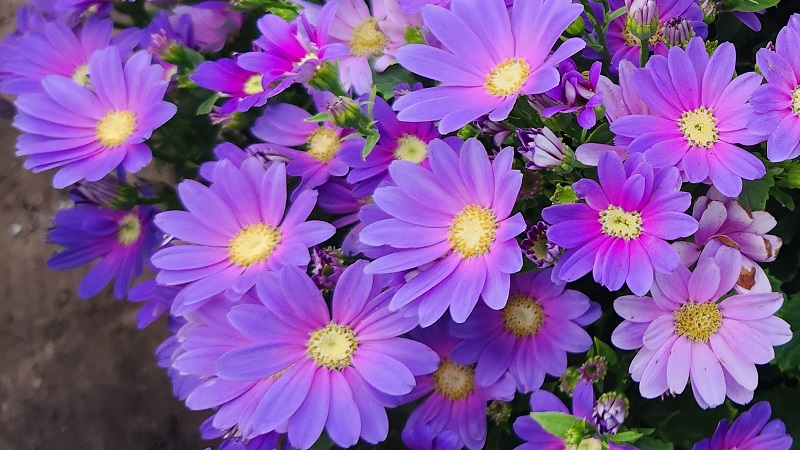Will Impatiens Sales Be Hurt By Downy Mildew This Spring?

Downy mildew alerts have been going out to growers around the country to make sure preventative measures are taken so the United States does not suffer the fate of Europe, where impatiens sales have dipped dramatically because of the disease.
In 2011, downy mildew was a big enough problem that news headlines like: “Disease killing impatiens, Florida’s top landscape flower” in Florida and “Impatiens Running Out In Cape Cod” in Massachusetts, two of the areas hardest hit by the disease.
Here are what two experts who have been following the disease here in the U.S. have to say:
Margery Daughtry, Cornell University:
Although Florida is having a terrible time with the disease right now, the Northeast and Midwest, etc., may see no problem this year if their plant supply chain is free from downy mildew. What I am waiting to find out this growing season is whether gardens that had downy mildew last year in the Northeast will develop the disease again on healthy plants put into those same beds. We have seen oospores forming in stems last year, which can, in theory, serve as overwintering structures. But I still need to witness whether this will indeed happen in the Northeast U.S. There is so very much we don’t know about this disease yet. But I think we have quite a few more years of enjoying impatiens ahead of us. Our climate is different from the U.K., in ways that might curb the disease in most years. Last year’s hurricanes really added to the drama.
Note that we are at the point today that the U.K. was way back in 2005, and they have had good years and bad years since. We should be careful not to overreact until we see how the disease will operate in different parts of the U.S.
Colleen Warfield, corporate plant pathologist, Ball Horticultural Co.:
The outbreaks (in 2011) tended to be late in the season in areas where there was a coastal or water-influence, periods of cool weather with fog, rain, or humidity. There has to be a source of inoculum in order for plants to become infected. If the pathogen overwinters in the affected landscape beds, this may impact beds in 2012. But in unaffected areas, unless the pathogen is introduced this season (by either infected plants or windblown spores, there is not likely to be an existing source of inoculum and the threat of impatiens downy mildew is low. With clean plants being sold at retail, the threat of buying an infected plant this season and bringing the problem into the home garden is very low.










